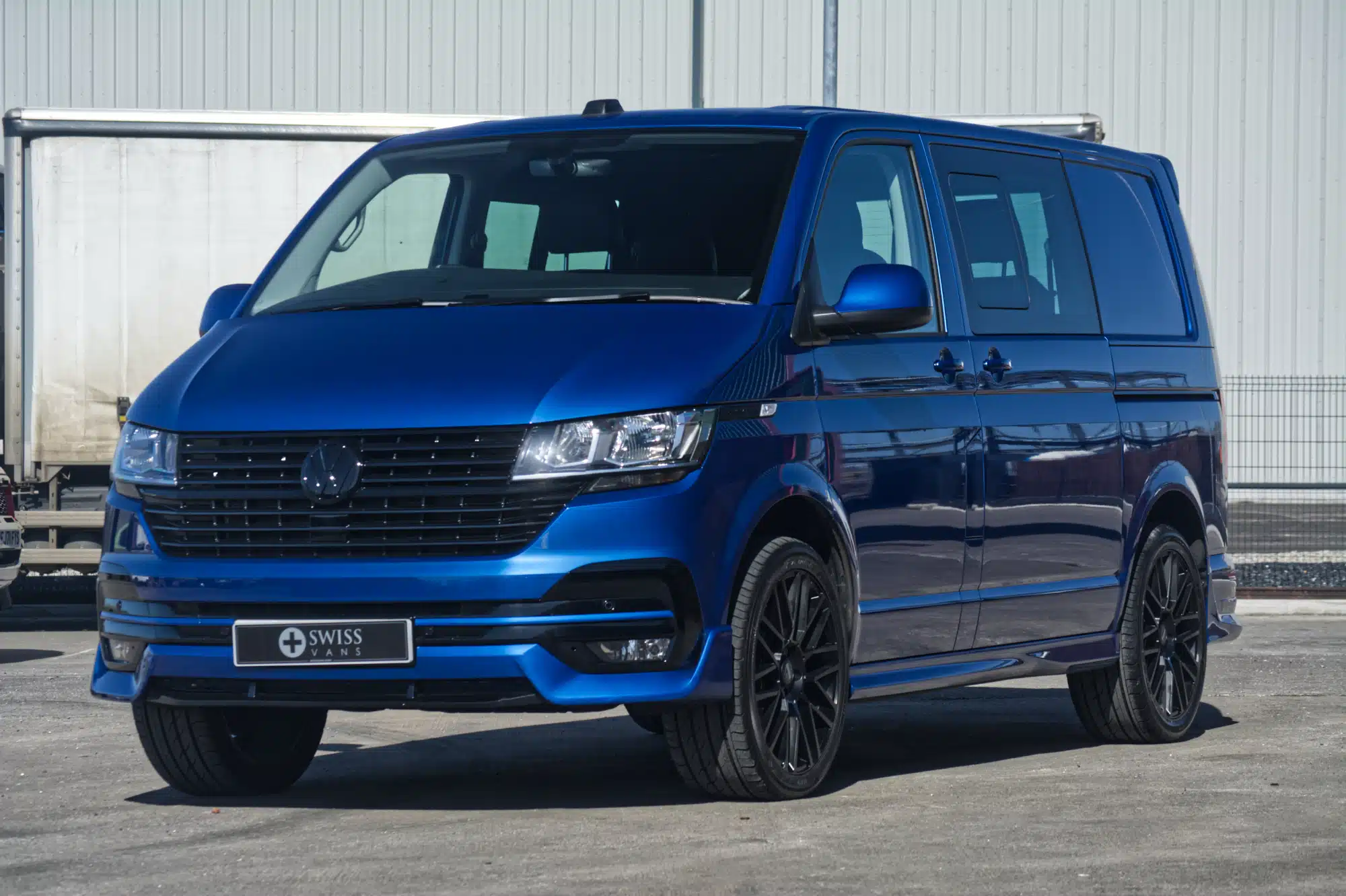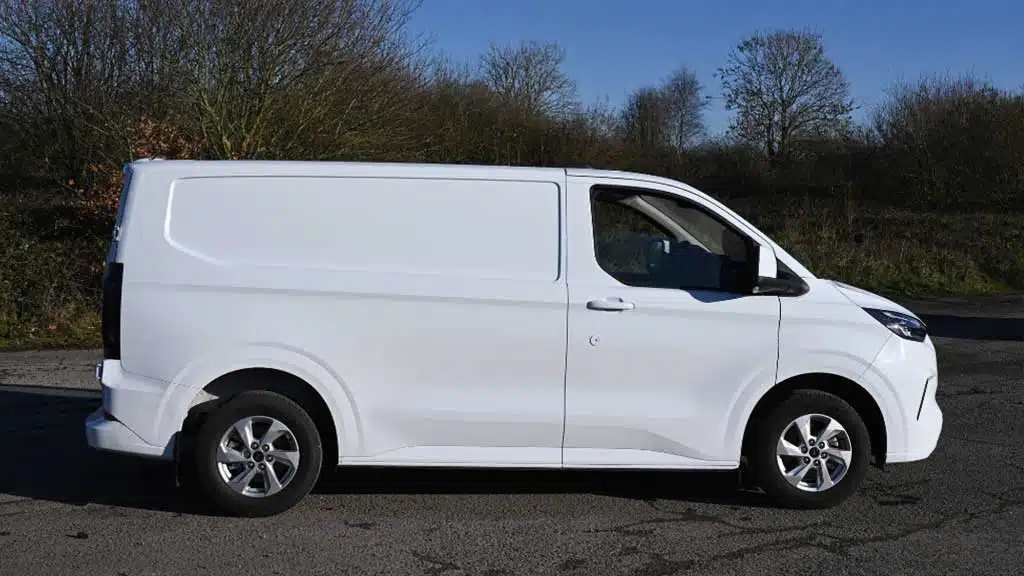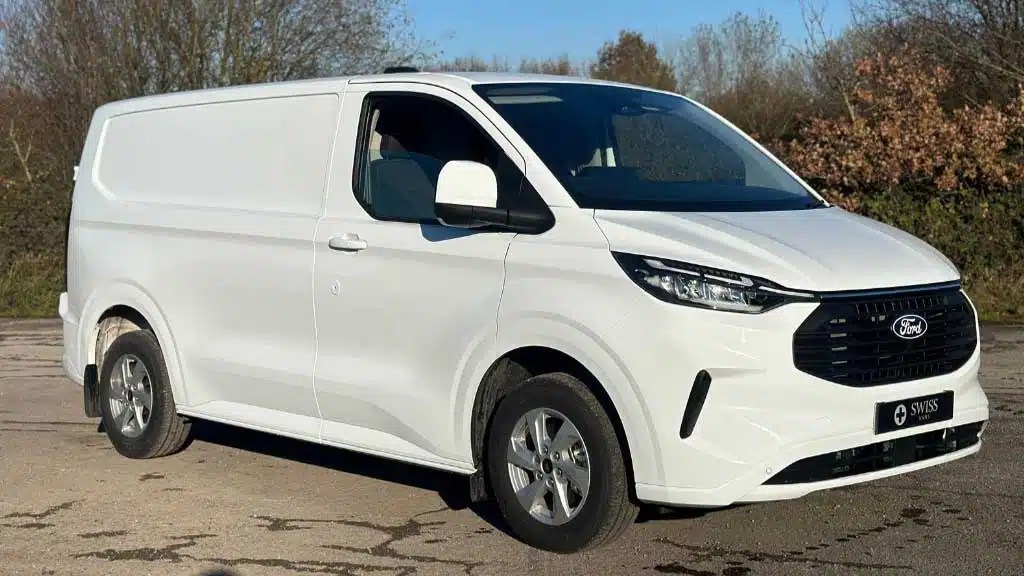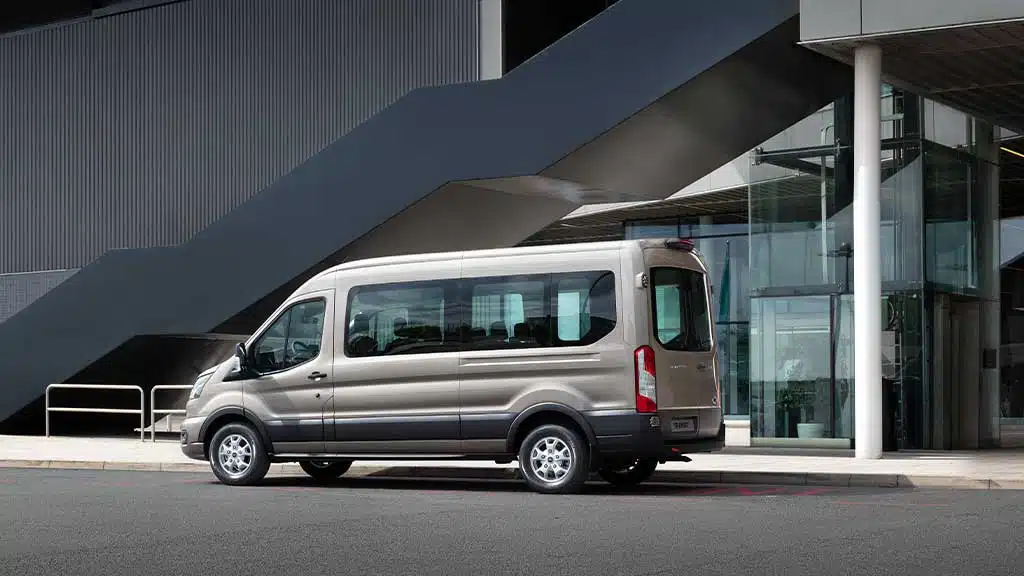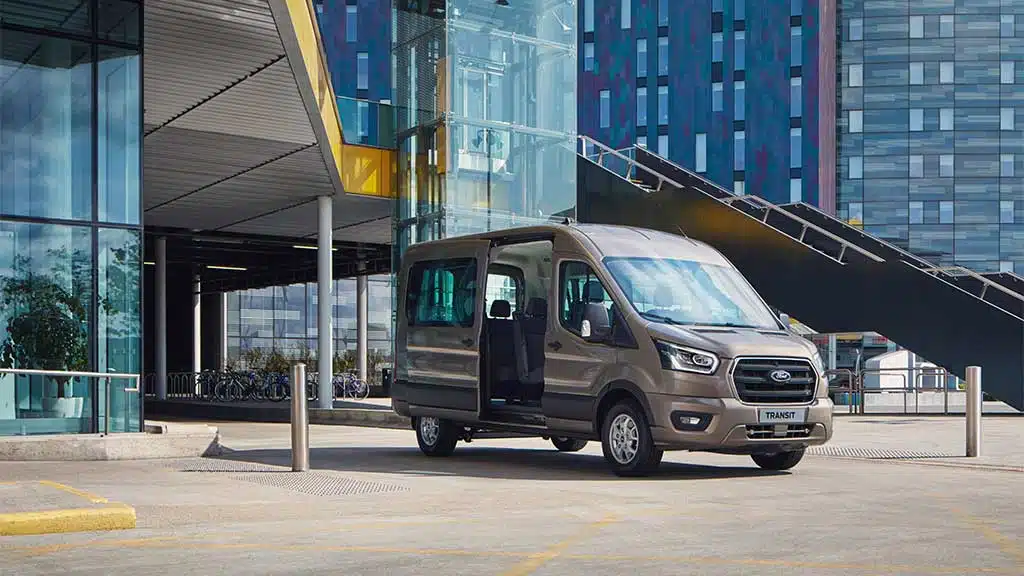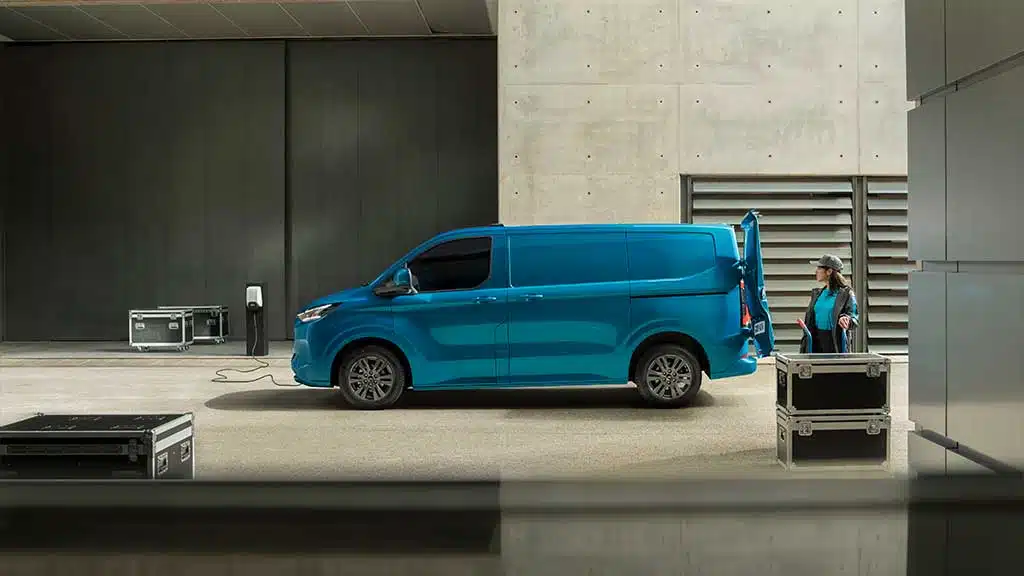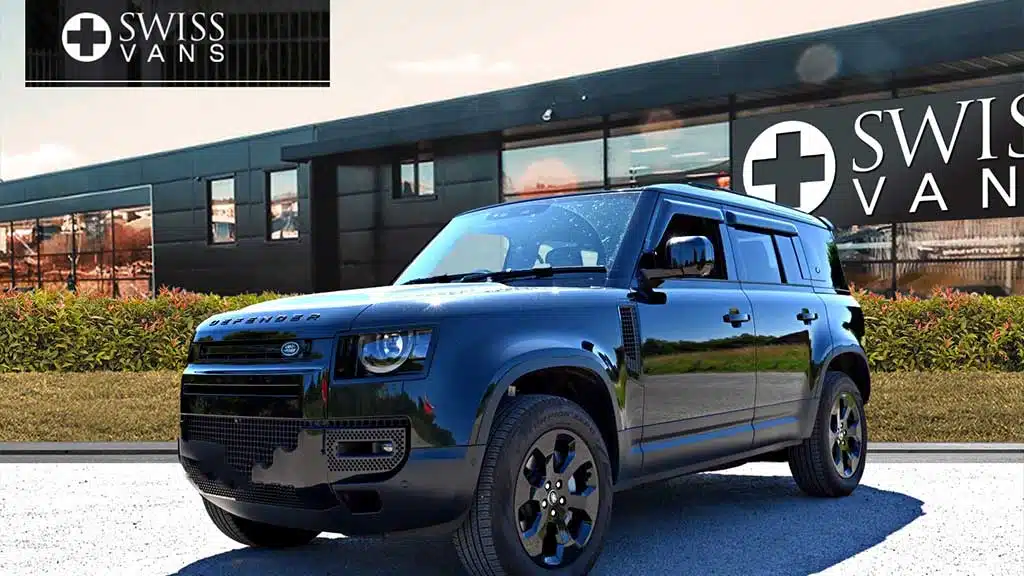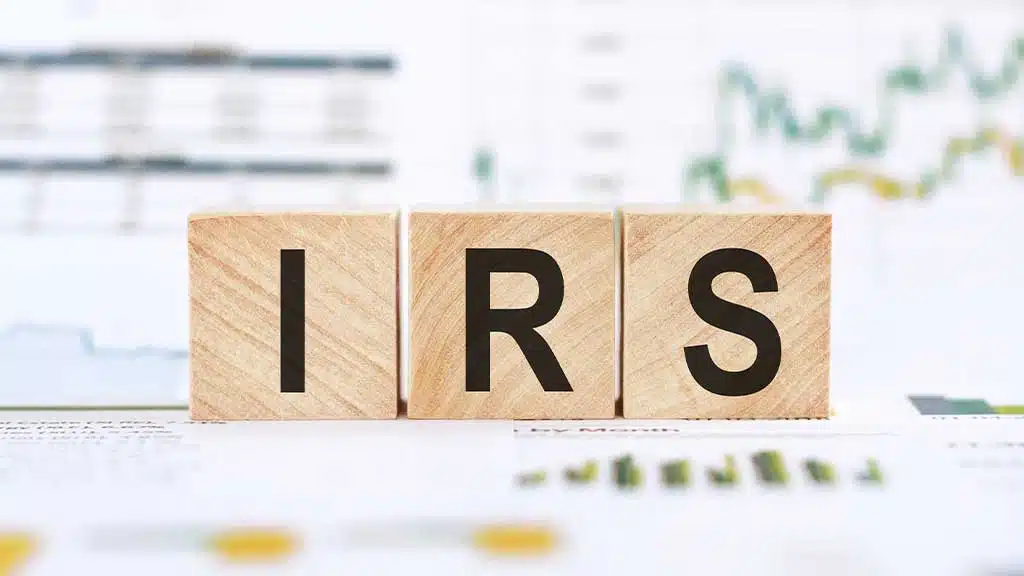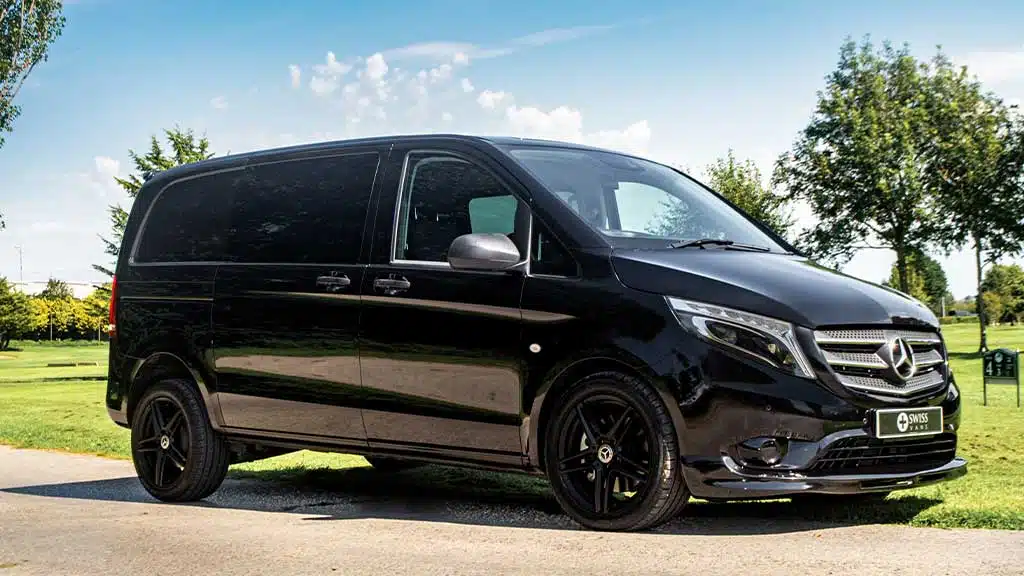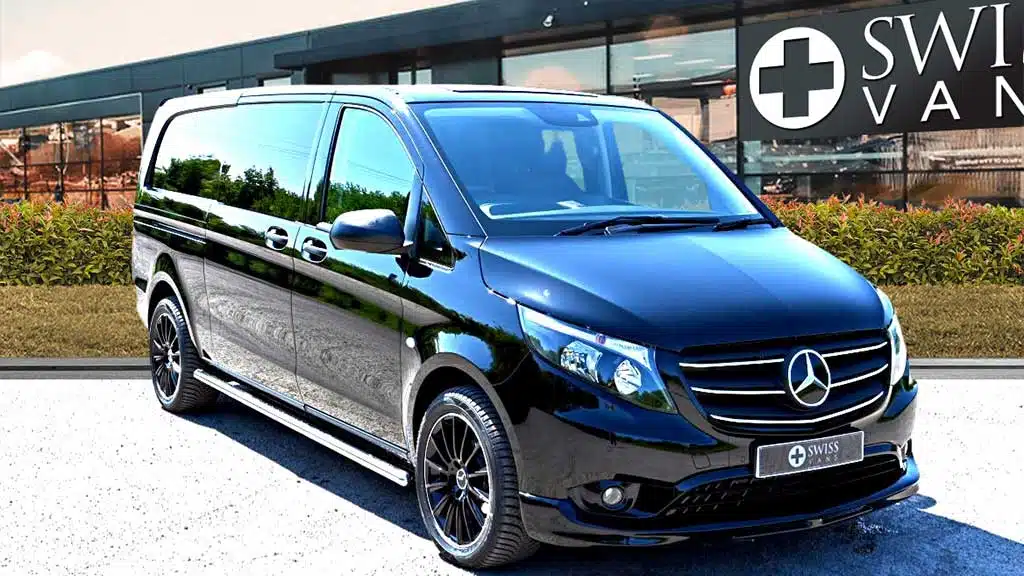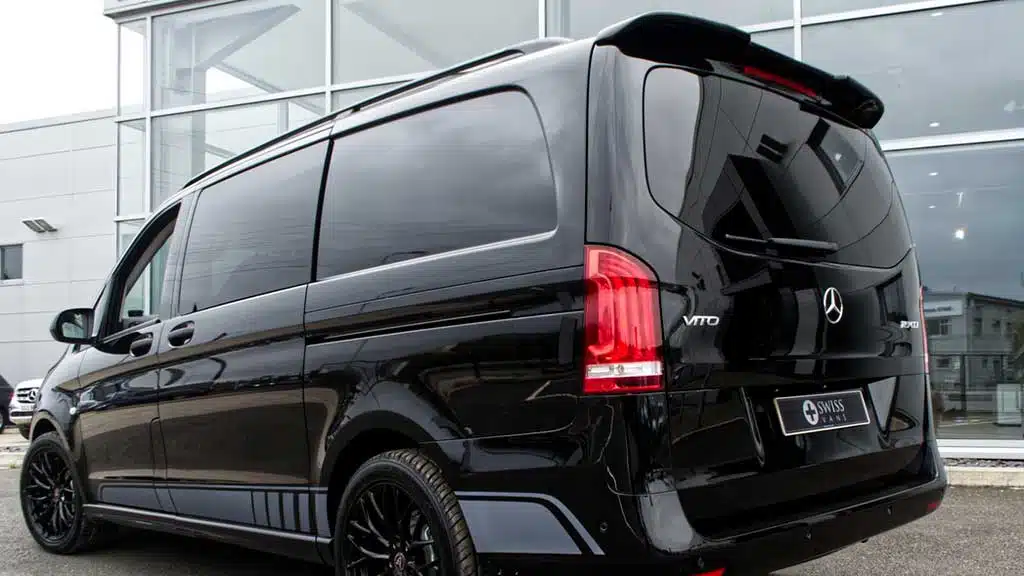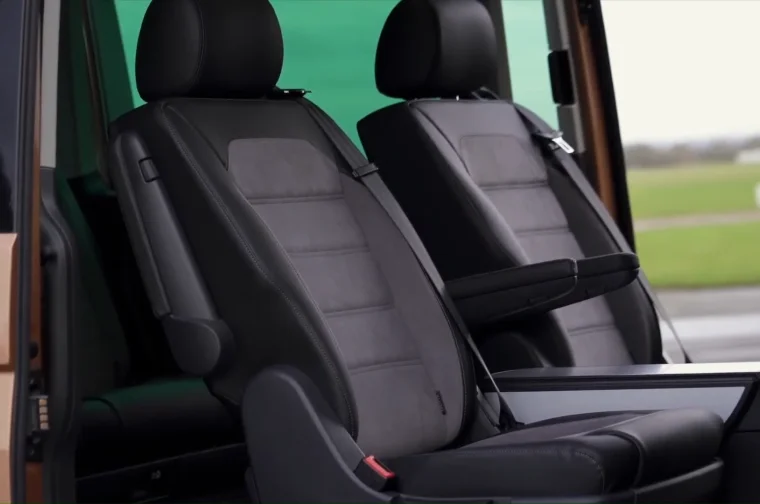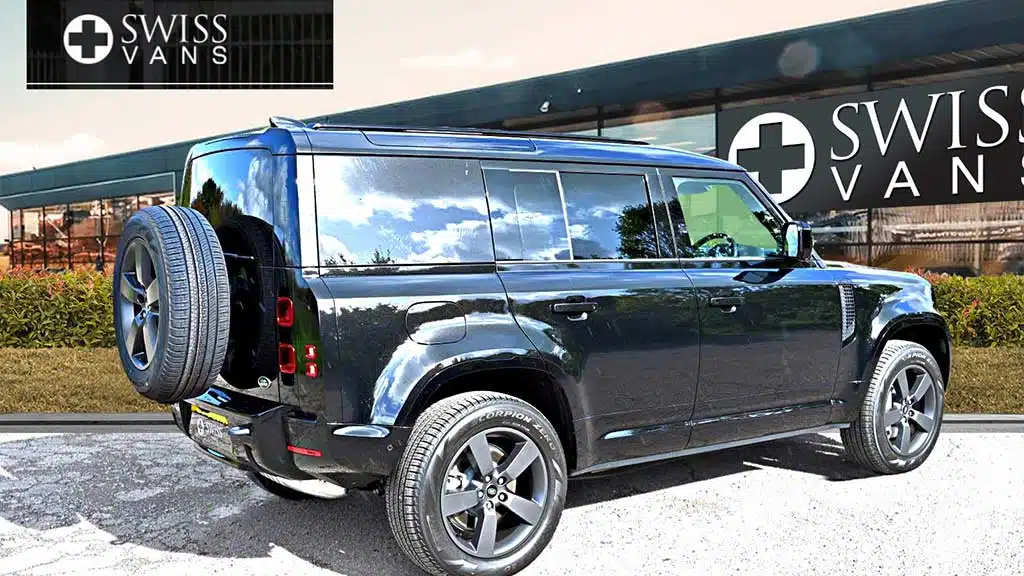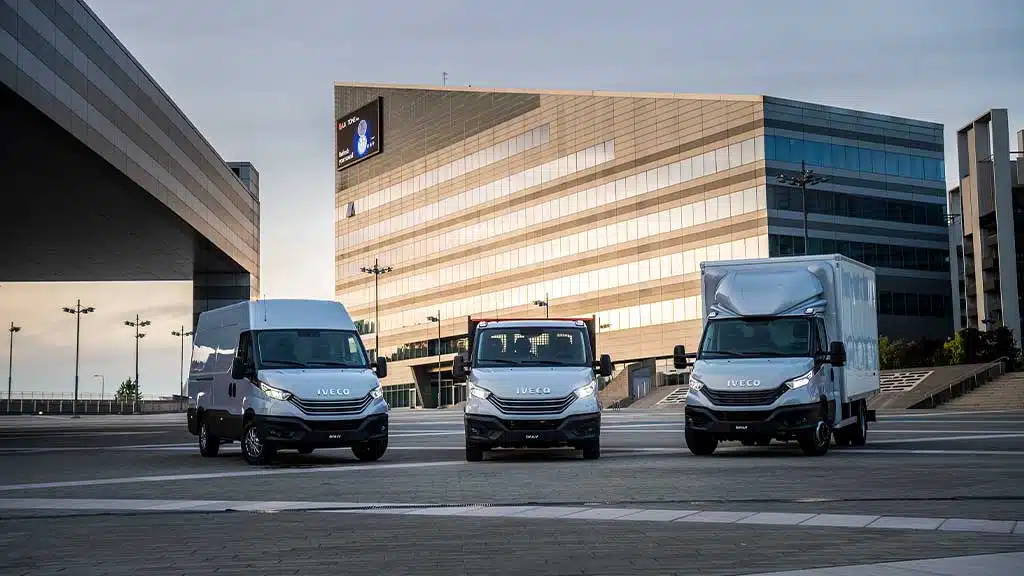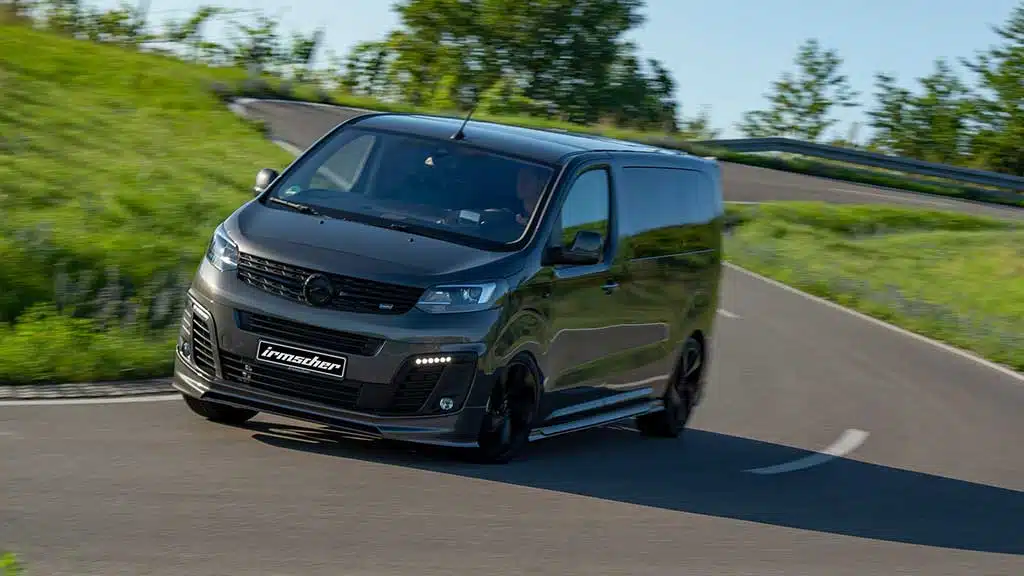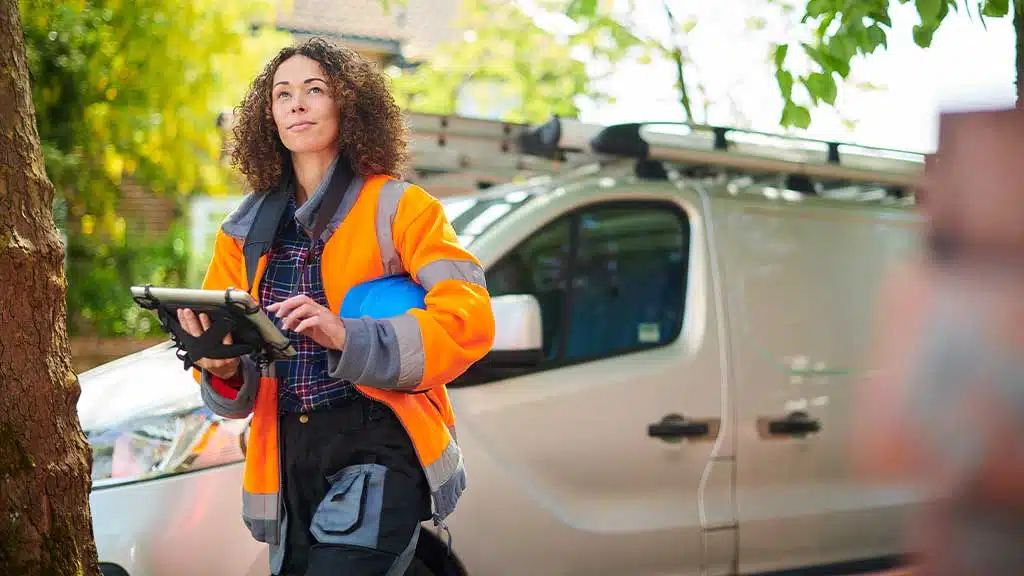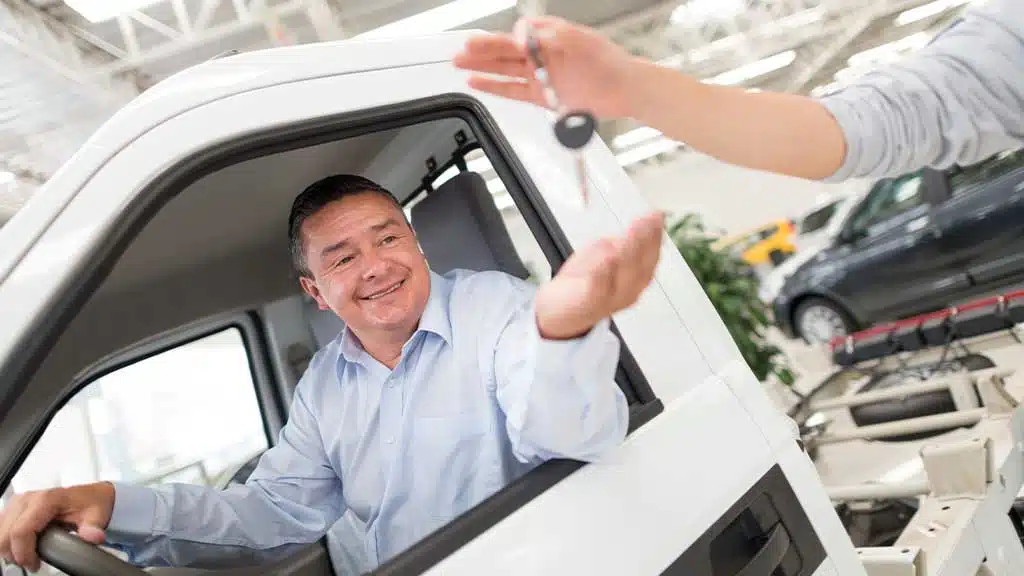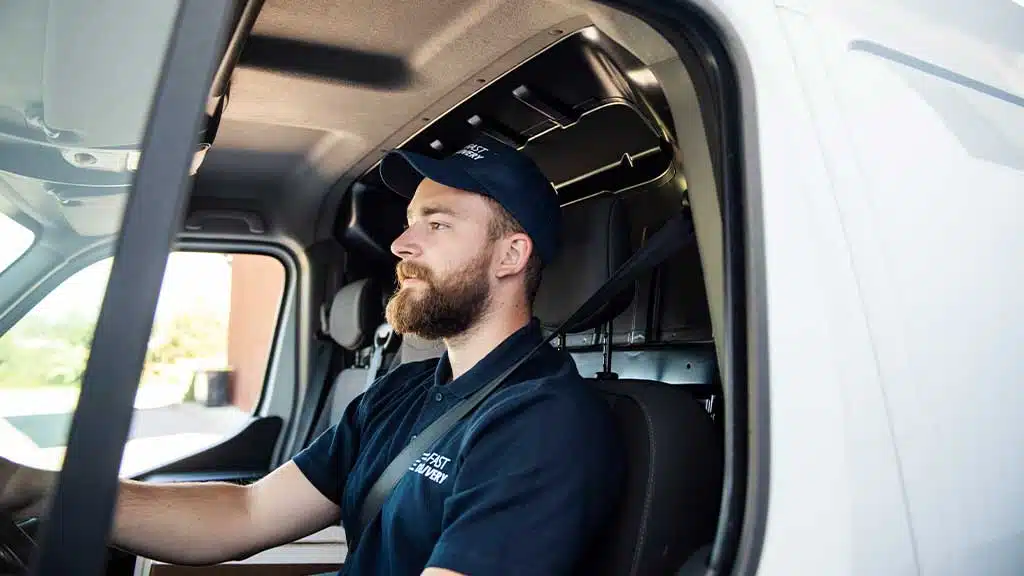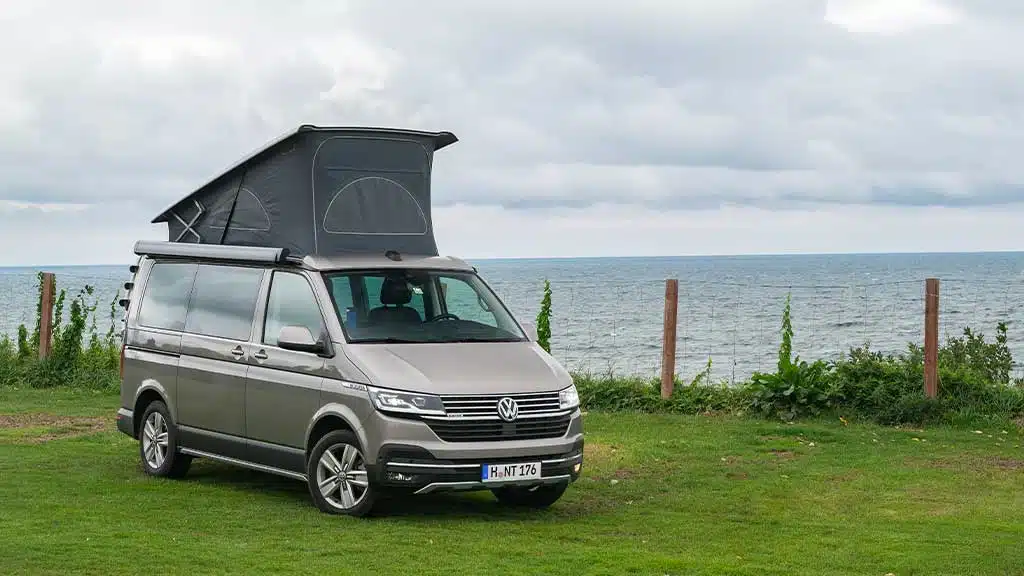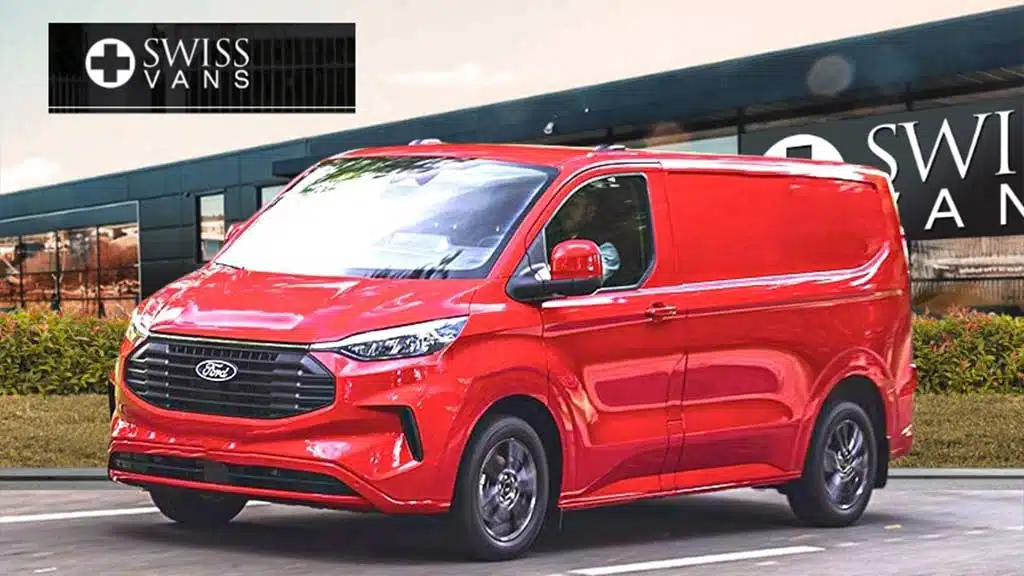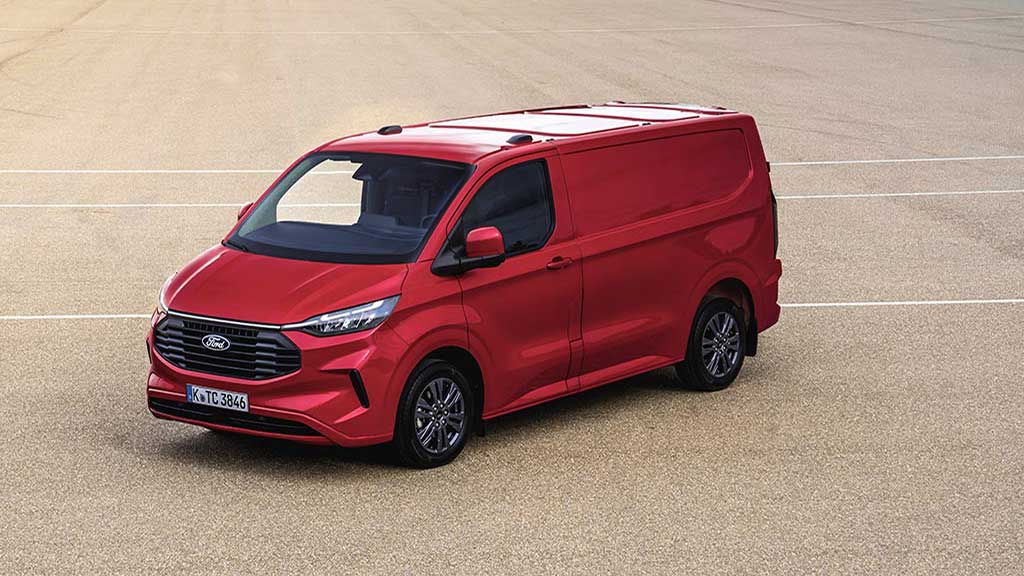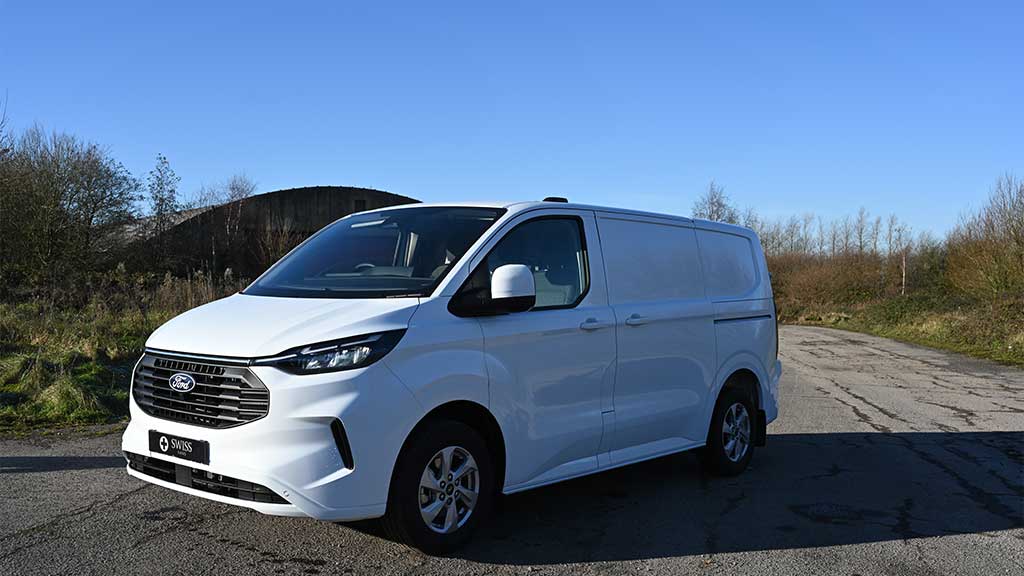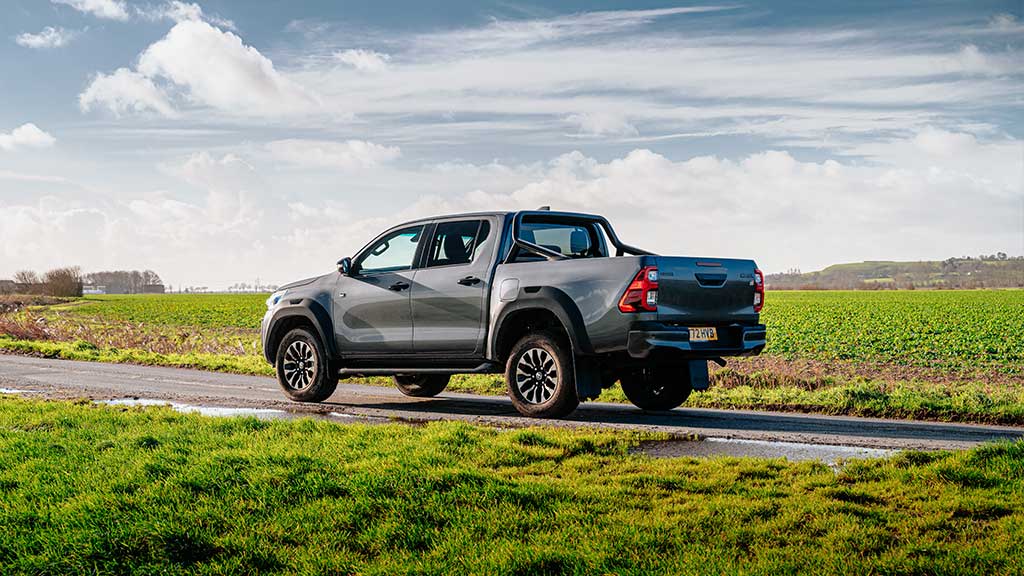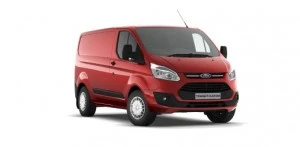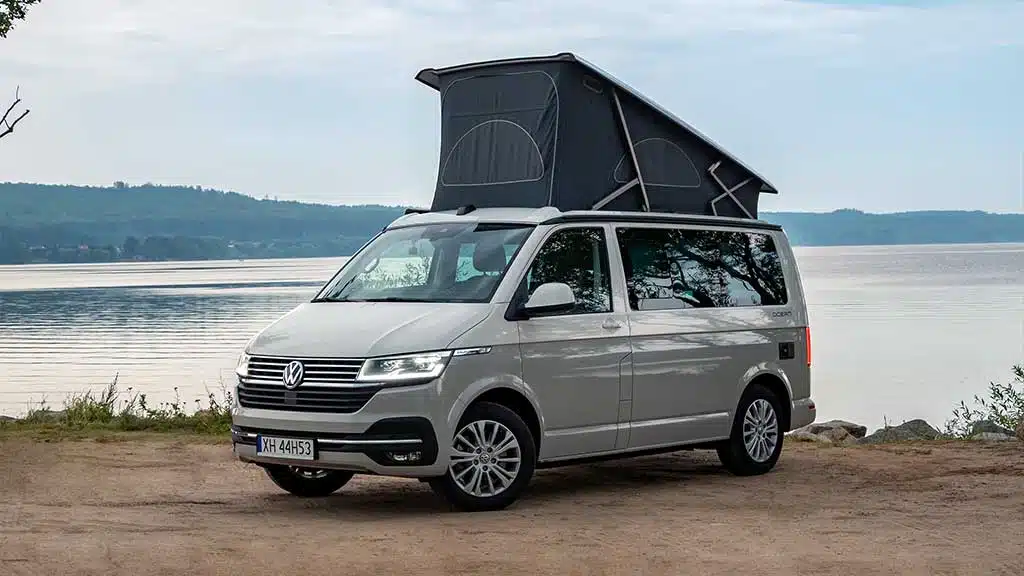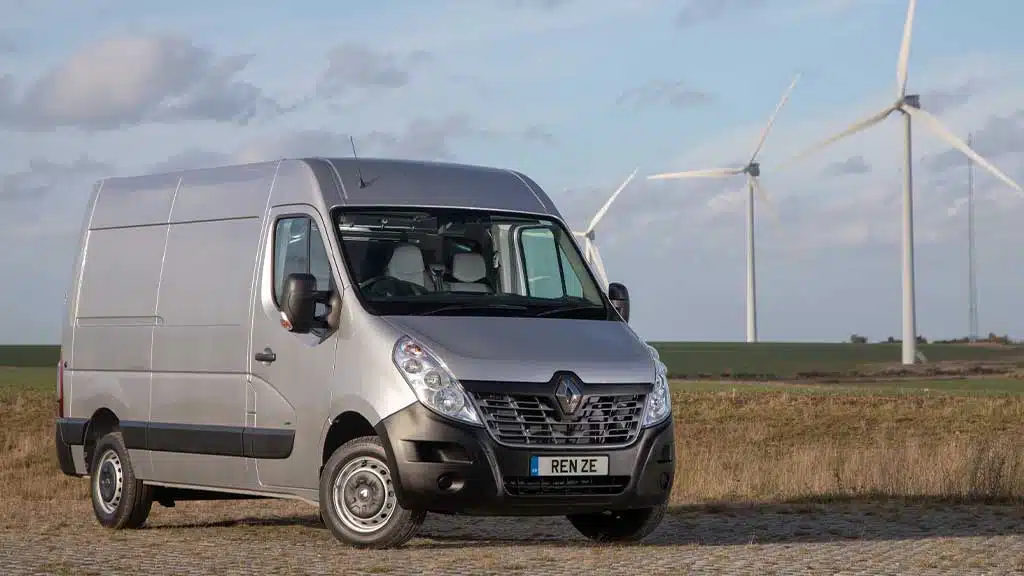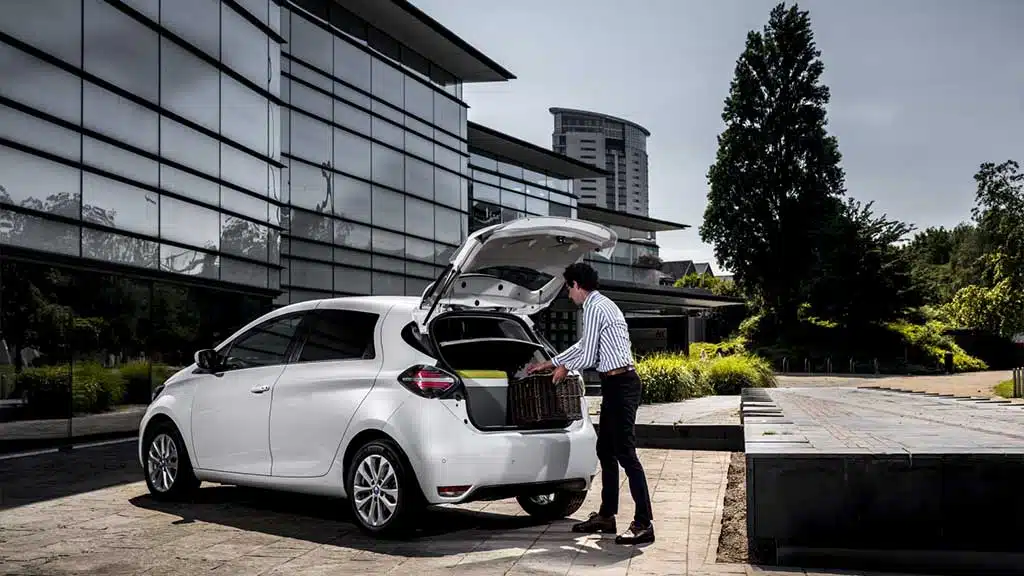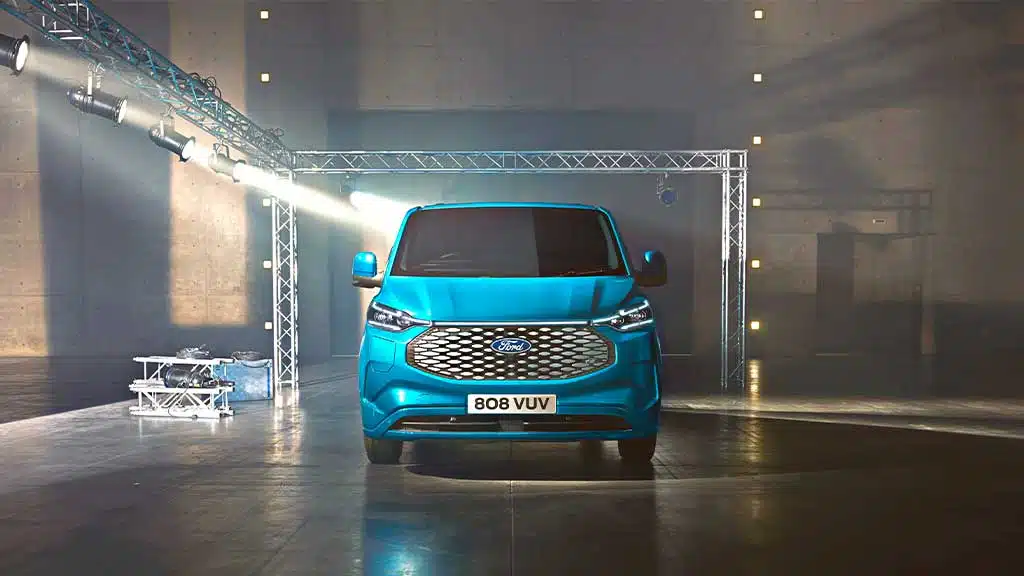Fuel consumption is a key consideration when it comes to buying or renting a van. Maybe you’re eco-conscious and keenly aware of the environmental impact of your vehicle. You’re almost certainly price-conscious and keenly aware of the numbers by the diesel or petrol pumps! If you have opted for a fully electric model, you’ve got somewhat different concerns: enter range anxiety.
Before choosing a rental van, fuel consumption is a topic you’ll want to familiarise yourself with. Here’s a quick overview to get you started.
Types of Vans and Their Fuel Consumption
Today’s vans come in an almost overwhelming variety of sizes and fuel/motor options; as a result, fuel consumption varies widely. Virtually all vans currently on the market have engines powered by diesel, petrol, electricity or a combination of these (hybrids). Fuel consumption is affected by the size and weight of the vehicle (especially for non-hybrid models), as well as by the efficiency of the powertrain and whether it uses 2- or 4-wheel drive.
Compared to traditional motorhomes, campervans are an excellent choice when it comes to fuel consumption — owing in part to their smaller size and aerodynamics; and in part to their use of diesel engines. There are now a number of fully electric vans on the market (or soon to be on the market) that are ideal for campervan conversion.
Traditional/Combustion Engine
Most traditional/combustion engine vans use diesel. The range for fuel consumption in diesel-powered vans is around 8-12 L/100 km; for petrol-powered models the range is 6.5-12 L/100km.
Hybrid-Electric and Plug-in hybrid electric (PHEV):
The fuel consumption of hybrids varies pretty widely, since there are so many different subtypes. Generally speaking, it is lower than a combustion-only engine; how much lower depends on the type of hybrid and fuel used (petrol or diesel). If a PHEV is used in electric only mode, it will be comparable to fully electric models.
Fully Electric (BEV):
With the ever-increasing availability of charging points across the UK and a variety of apps to help you find and use them, a fully electric van is now a viable choice. Fuel consumption for EVs is measured in kWh/100 miles or kWh/km; the range for currently available models is around 30-50 kWh/100 km.
Fuel Consumption vs Fuel Economy
Fuel consumption and fuel economy are inversely related. Fuel consumption is measured in terms of quantity of fuel/distance (L/100 km or gallons per 100 miles); fuel economy is measured in terms of distance/quantity of fuel. Many people are more familiar with fuel economy ratings (higher is better) than with fuel consumption ratings (lower is better). As awareness of the environmental impact of driving grows, more automobile manufacturers are making a point to prominently display fuel consumption ratings, which are a more precise measurement of fuel efficiency.
For electric vehicles, the measurement for fuel economy is Litre-equivalent-per-100 km (Le/100 km) or miles-per-gallon equivalent (mpgₑ).
Popular Choices/Recommendations
Some of the most popular vans in the lower end of the range for fuel consumption (and available in the UK) include:
Mercedes-Benz Sprinter (diesel; BEV)
Available in both diesel and electric versions, Mercedes-Benz advertises that the Sprinter is the leading full-sized van in the UK. Diesel models have a fuel consumption range of 8.6-9.4 L/100km; electric models have 30.9-50.7 kWh/100 km. Its large size makes for a spacious campervan.
Ford Transit (diesel; diesel hybrid-electric; BEV coming 2023)
Available in a variety of models, sizes and configurations, the Transit is widely known as one of the best in its class for fuel consumption and fuel economy. It’s no surprise that it’s a popular choice for campervan conversion. Current versions have the option of an EcoBlue mild hybrid engine; a fully electric model is set to begin production in 2023.
Vauxhall Movano (diesel; BEV)
Diesel models have a fuel consumption range of 8.2-11.1 L/100km; the electric model can be as low as 31 kWh/100 km. The Movano is a full-size van; the smaller mid-size Vivaro (also available in diesel and electric) can also work as a campervan if you don’t need a lot of space.
Tips to Limit Your Fuel Consumption
There are a few ways you can — and should — limit fuel consumption when driving a vehicle that isn’t fully electric:
- Try to drive at a steady speed. One study showed a 20% increase in fuel consumption just from varying speed between 75 and 85 kmph approximately every 18 seconds.
- Unless you have to make a quick escape, don’t floor it — vehicles burn more fuel when they’re accelerating.
- Keep your speed down in general; for most vehicles fuel efficiency peaks between 50 and 80 kmph.
- When possible, coast to decelerate rather than hitting the brakes.
Effect of Fuel Consumption on UN ‘Net Zero by 2050’ Plan
As part of the global effort to combat climate change, more than 70 countries, including the UK and the European Union, have agreed to pursue the goal of net zero carbon emissions by 2050. The ultimate goal is to keep the increase in global temperature at or below 1.5% above what it was in the pre-industrial period.
Lowering the consumption of petrol and diesel by automobiles — mostly by way of gradual transition to EVs — is a major factor in this. As of 2020, the transportation sector worldwide was estimated to be responsible for roughly 30% of the world’s carbon emissions, with 70% of that being produced by passenger vehicles.
When it comes to the fossil/crude based fuel consumption of different types of vehicles, it’s pretty simple: traditional/combustion > hybrid > electric. Since this is an area where “less is more” definitely applies, the path to transition has been following the same trajectory.
However, the COVID-19 pandemic makes it a bit tricky to know how much effect this transition has actually had, since much of the drop in carbon emissions over the past 2 years has been attributed to less driving overall than to lower fuel consumption of vehicles. With travel and driving approaching pre-pandemic norms, we can expect more clarification over the next couple of years.


